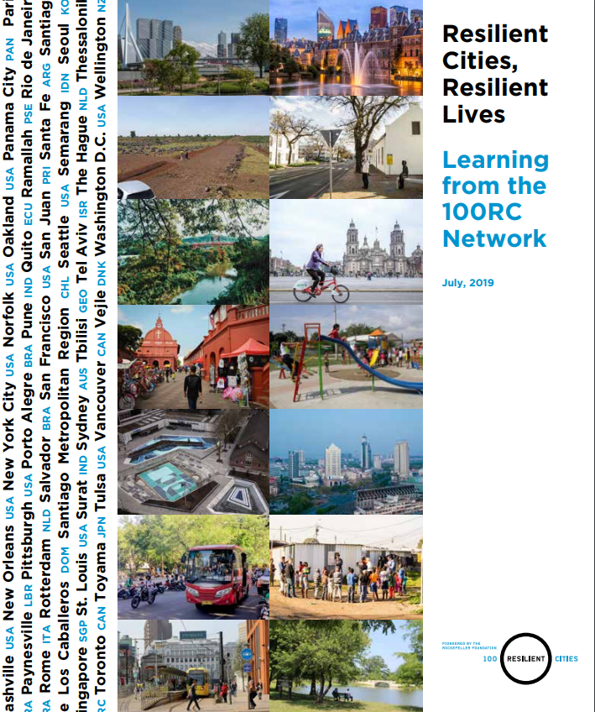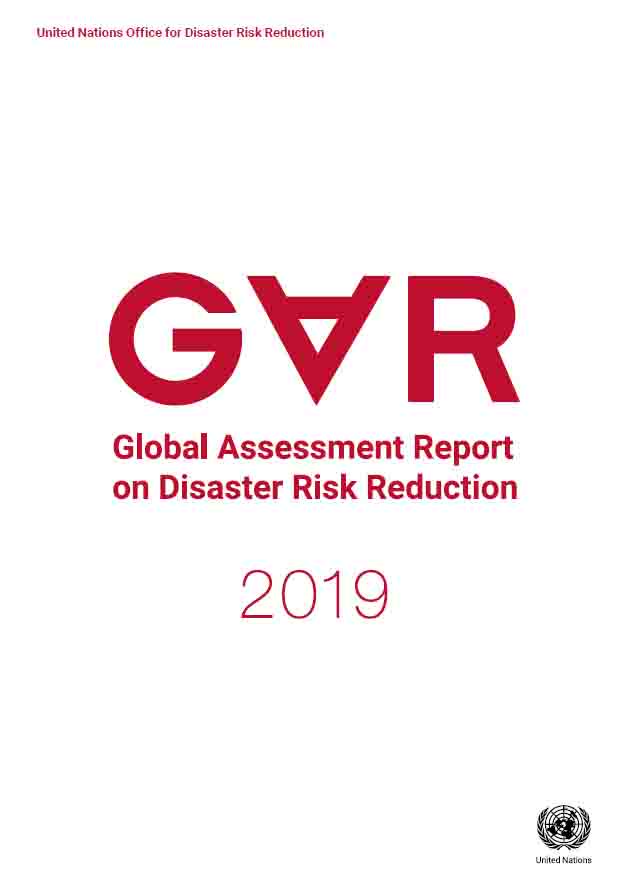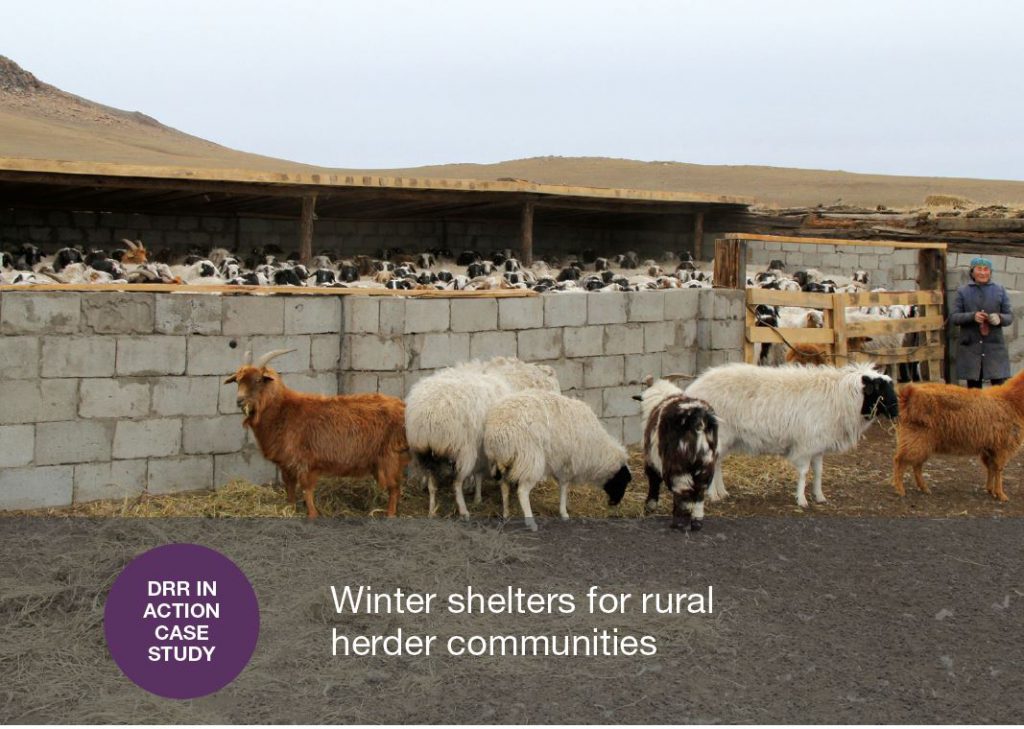Cox’s Bazar: Symbols of Strength in the Displacement Camp
Over the past two years, more than 700,000 people have fled Rakhine State, Myanmar to seek safety in Cox’s Bazar, Bangladesh. Many arrived injured, malnourished, and devastated. They speak of dangerous journeys—walking days on end to reach the border and losing touch with family members along the way. Once in Bangladesh, they crowd into camps […]
Cox’s Bazar: Symbols of Strength in the Displacement Camp Read More »




